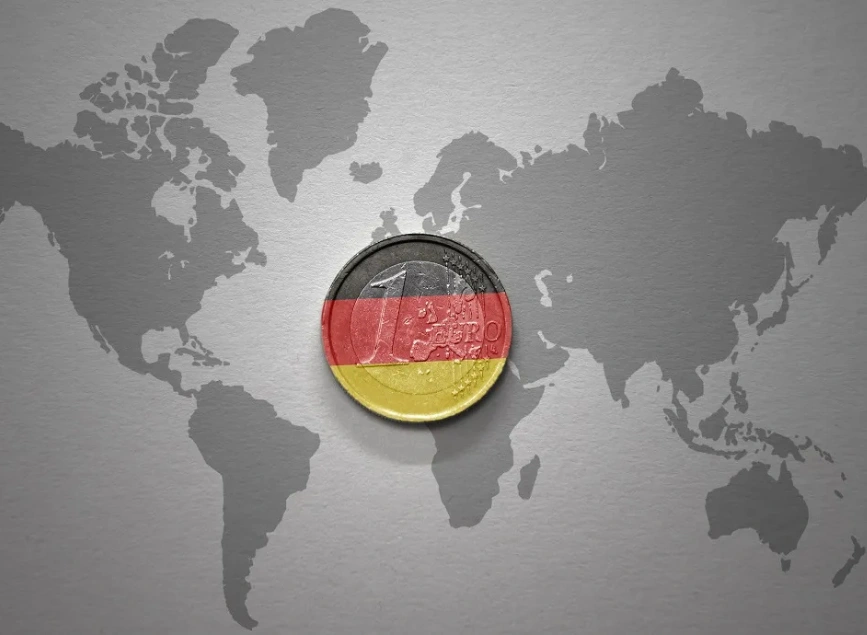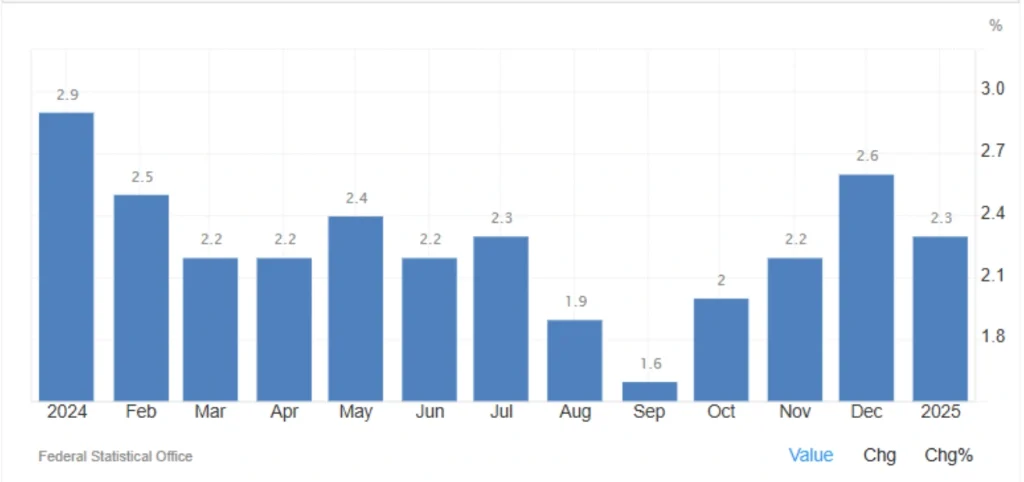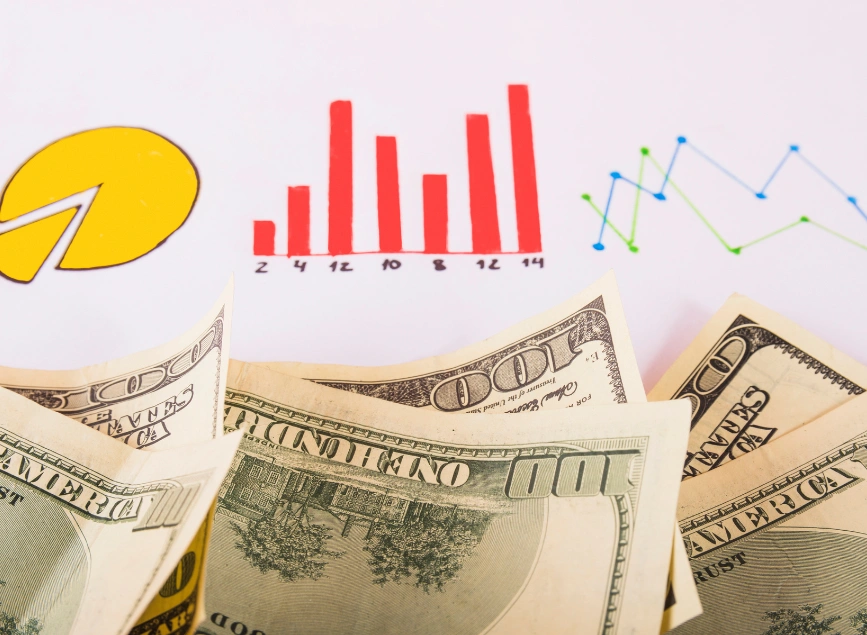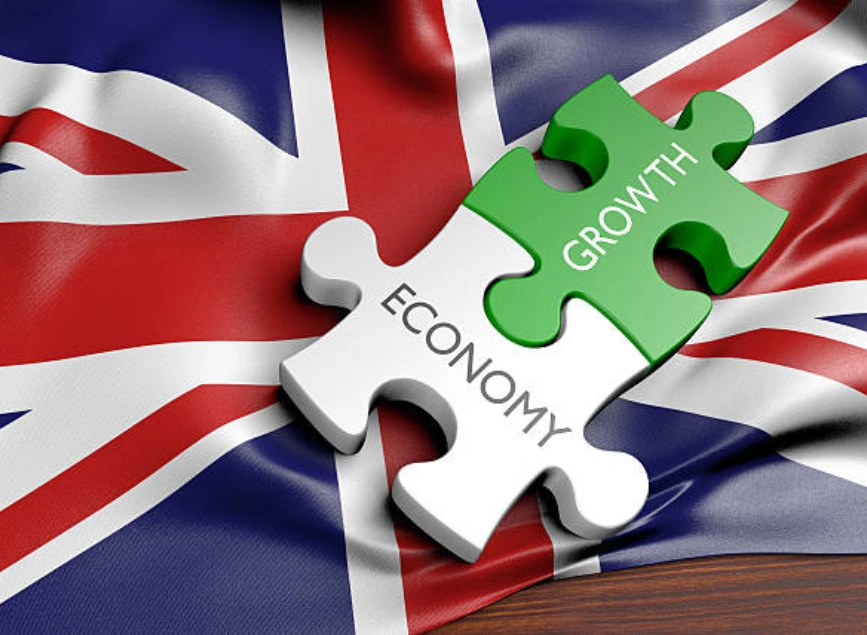
Germany’s Inflation Rate Drops in January 2025
Inflation is a key economic indicator that affects everything from consumer purchasing power to central bank policies. In January 2025, Germany’s annual inflation rate fell to 2.3%, down from 2.6% in December. This decline, which aligns with initial forecasts, raises important questions about the country’s economic trajectory.
What’s Behind the Drop in Inflation?
Several factors contributed to the decline in Germany’s inflation rate, most notably lower food and energy prices, as well as easing cost pressures in goods and services.
1. Food Inflation Falls Sharply
One of the most significant contributors to the lower inflation rate was the drop in food prices:
- In December, food inflation stood at 2.0%.
- In January, it plummeted to 0.8%.
This decline helped bring down overall inflation and ease the financial burden on households.
2. Goods and Services Become Slightly Cheaper
Inflation in goods and services also slowed down:
- Service inflation fell from 4.1% in December to 4.0% in January.
- Goods inflation dropped from 1.4% to 0.9% over the same period.
Although these decreases are relatively small, they contribute to the overall downward trend.
3. Energy Prices Continue to Decline
Energy prices have been a major driver of inflation in the past, but recent months have seen a steady decline:
- Overall energy prices fell by 1.6%, mirroring the drop seen in December.
- Household energy costs declined by 2.5%.
- Car fuel prices saw a modest 0.1% decrease.
- Electricity prices dropped significantly by 3.6%.
Lower energy costs are a positive sign for both businesses and consumers, reducing expenses across multiple sectors.
4. Core Inflation at Its Lowest in Three Months
Core inflation, which excludes volatile items like food and energy, also saw a decline:
- It dropped to 2.9%, marking its lowest point in three months.
This is an important indicator because core inflation reflects the underlying inflation trend without short-term price fluctuations.
Monthly Inflation Trends: A Shift in Momentum?
Inflation isn’t just measured on an annual basis—monthly figures also provide insights into economic trends:
- The Consumer Price Index (CPI) decreased by 0.2% in January, compared to a 0.5% increase in December.
- The EU-harmonized CPI, which ensures comparability across European countries, remained at 2.8% annually but fell 0.2% month-over-month.
These figures suggest that inflationary pressures are easing, at least in the short term.
Read More: Germany’s Services Sector Returns to Growth
Is Inflation in Germany Under Control?
Now comes the big question: has Germany tamed inflation, or is this just a temporary slowdown?
1. Inflation Is Falling, but Not Yet at ECB’s Target
While the decline in inflation is encouraging, it remains above the European Central Bank’s (ECB) target of 2%. This means the ECB may not rush to change its monetary policy just yet.
2. Food and Energy Are Driving the Decline
Much of the recent decrease in inflation comes from food and energy prices, which can be volatile. Meanwhile, service inflation remains relatively high, indicating that some price pressures persist in other parts of the economy.
3. ECB’s Interest Rate Strategy Could Shift
Lower inflation could eventually lead to interest rate cuts, but the ECB will likely proceed with caution. If inflation continues to decline sustainably, a rate cut could be on the table in the coming months.

Why Inflation and CPI Matter
Understanding inflation isn’t just for economists—it affects everyone. Here’s why CPI and inflation trends are important:
1. What Is the Consumer Price Index (CPI)?
- The CPI measures inflation by tracking changes in the price of everyday goods and services.
- It reflects the cost of living and the purchasing power of consumers.
2. Core Inflation vs. Overall Inflation
- Overall inflation includes all goods and services, including food and energy.
- Core inflation excludes volatile prices, providing a clearer view of long-term inflation trends.
3. Why a Lower Inflation Rate Matters
- Increases purchasing power: Lower inflation means consumers can buy more with their money.
- Influences interest rates: A steady decline in inflation could lead to lower borrowing costs if the ECB decides to cut interest rates.
- Impacts financial markets: A stable inflation environment can support stock market growth and lower bond yields.
Final Thoughts: Is Germany’s Inflation Crisis Over?
Germany’s 2.3% inflation rate in January 2025 is a step in the right direction, but it’s not the end of the story. While food and energy prices have helped bring inflation down, service costs remain elevated, and inflation is still above the ECB’s 2% target. If this downward trend continues, the ECB may consider cutting interest rates later in the year. For now, though, inflation remains a key concern for policymakers, businesses, and consumers alike.
Share
Hot topics

ECN vs Standard Account: Which Is Better
If you have put in any time learning to trade Forex, you will find yourself faced with some kind of decision on what account type to pick. Although this may...
Read more




Submit comment
Your email address will not be published. Required fields are marked *